Great Orme Mines
Great Orme Mines is the largest prehistoric copper mine discovered anywhere in the world.

Great Orme Mines is the largest prehistoric copper mine discovered anywhere in the world.
A visit provides both a thought provoking and educational experience which can be enjoyed by children and adults of all ages.
In the Visitor Centre you can view some of the finds discovered in the mines and locality, then watch a film about what makes this world famous site so important. After viewing the film you get to immerse yourself in the Bronze Age by walking through the underground mine.
Walking through tunnels mined out over 3,500 years ago gives visitors a feel for the harsh conditions our prehistoric ancestors faced in their search for copper ore. The Great Orme Mines in Llandudno boast over 5 miles of surveyed tunnels and passageways.
Returning to the surface and following the pathways around the surface excavations you can view the opencast mine, learn how our ancestors turned rock into metal at the smelting shelter and peer down the 145 metre deep Victorian mine shaft, learning how the Victorians dug deeper still, installing a sea level drainage tunnel.
The opencast part of the mine which is the oldest part of the site, was mined over 4,000 years ago but excavation and research will continue for decades as they make new discoveries every year.
The mine was first worked during the Bronze Age, around 4000 years ago, about the same time as Stonehenge was being built.
It was the focus of Britain’s first mining boom and copper from the site was traded as far as Sweden. The first boom covered a period of c. 1600–1400 BC. The boom finished before the Iron Age began.
The miners used hammerstones made from: dolerite, diorite and basalt that were brought up from the beach , and animal bone to dig away at the copper ore.
Super-heated solutions in the earth’s crust leached copper from rocks over a wide region and when the solutions reached dolomitic limestones, the copper was deposited as copper sulphides (chalcopyrite) in numerous parallel interconnecting veins. Erosion and uplift over millions of years had exposed the mineralised rocks at surface. Subsequent ground water weathering over thousands of years changed the copper sulphides green and blue copper carbonates (malachite and azurite) which are much easier to smelt into metal.
The site was worked for a period of up to a thousand years creating a vast array of tunnels, some so small they could have only been dug out by children around 5 or 6 years old. The miners used animal fat candles to light their way in passages that extended for miles and went up to 220 feet below the surface. Finally mining ceased when they reached the water table, by this time iron was the new material and the demand for copper wavered.
Take the time to visit the gift shop, stocked with quality jewellery, fossils, gemstones, books, maps and more completes the visit where a beautiful present to yourself or another can be purchased.
Site Features
Open six days a week (closed Fridays) until the end of October. From 9.30am with last admission to the mine at 4.30pm.
- Dogs are welcome (there are a number of grates and steel steps in the underground section, which some dogs are nervous about walking over).
- There is free car parking at the site for mine and gift shop visitors. (Please note that if you’re following SatNav please do not turn left onto St Beuno’s Road when coming up Great Orme, but follow Ty-Gwyn Road continuously until it becomes Bishops Quarry Road and you see our sign on the left).
- A picnic site for mine visitors is on site too.
- Toilets and baby change facilities are available outside of the main building.
- Admission charges are as follows:
- Adult: £8.00, Child: £5.50
Family: £22.00 (2a & 2c)
Additional child on top of family ticket: +£4.00
Under 5’s free admission
There is no need to book, just turn up and purchase your ticket on arrival. (If there are 25 people or more in your group and you would like to arrange a school /group visit please contact us via our website so that we can understand how best to meet your needs: https://www.greatormemines.info/ )
If visitors have any questions regarding the current archaeological work being undertaken at the site an archaeologist and member of the original excavation team will be on site to answer them.
It should be noted that there are 36 steps down in the mine to the lowest level and 36 steps back up again, with some narrow passageways and sloping paths. Unfortunately due to the nature of the Bronze Age mine the site is not wheelchair / pushchair friendly.

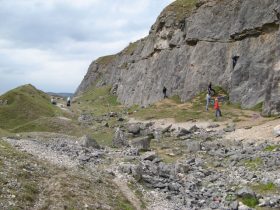



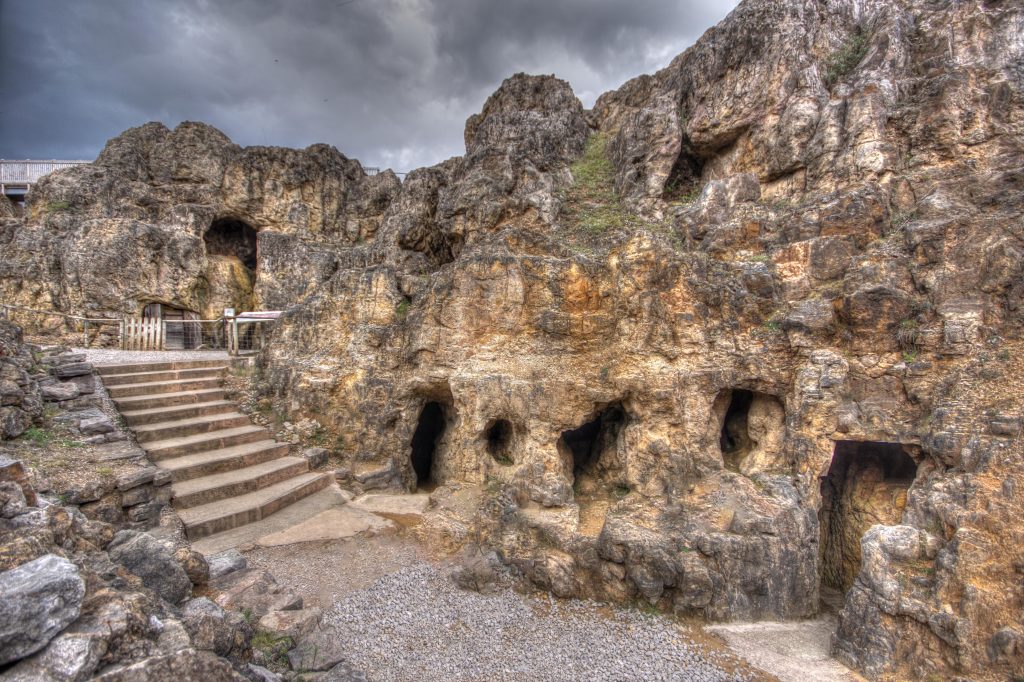

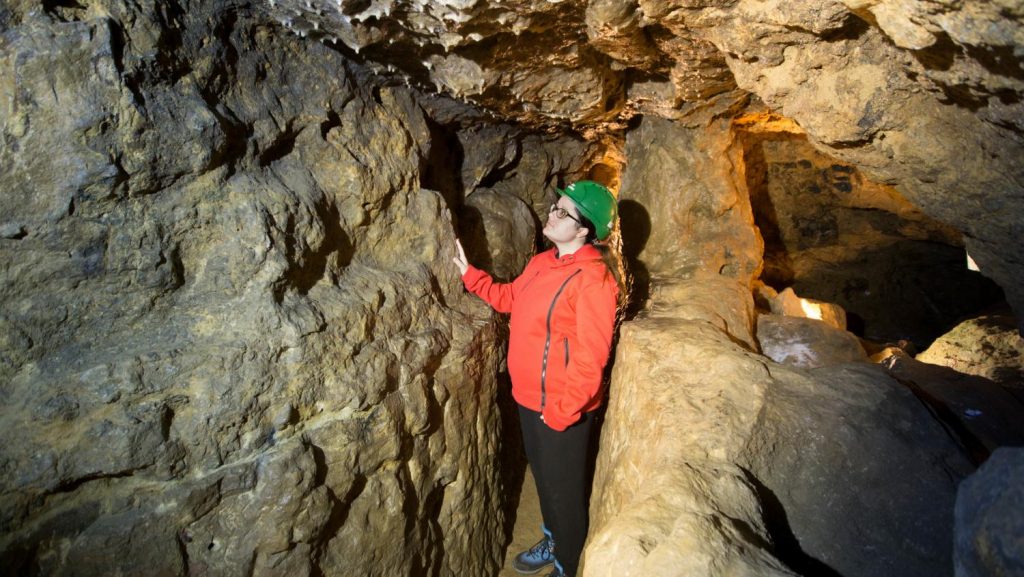
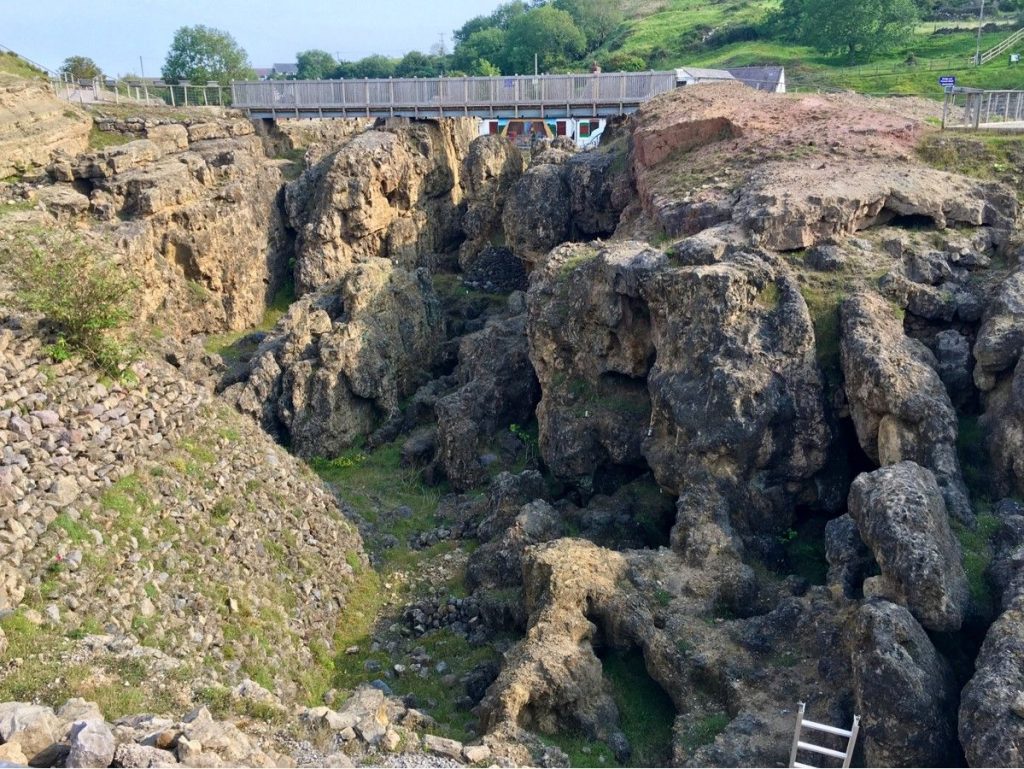
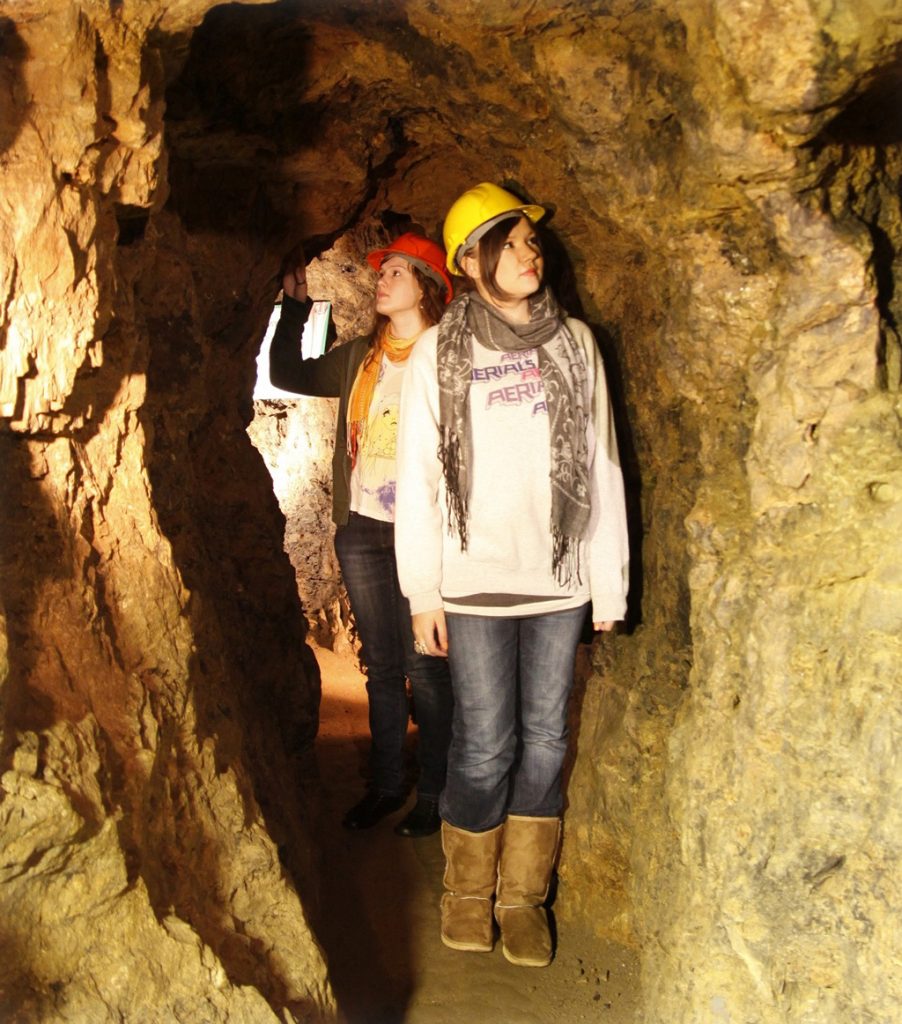
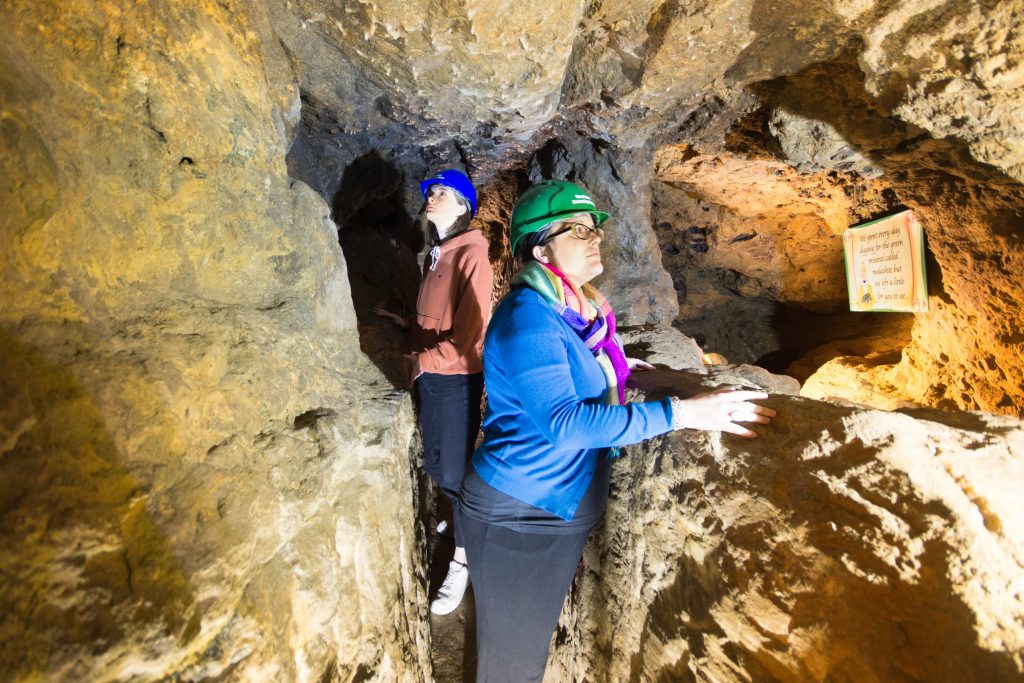

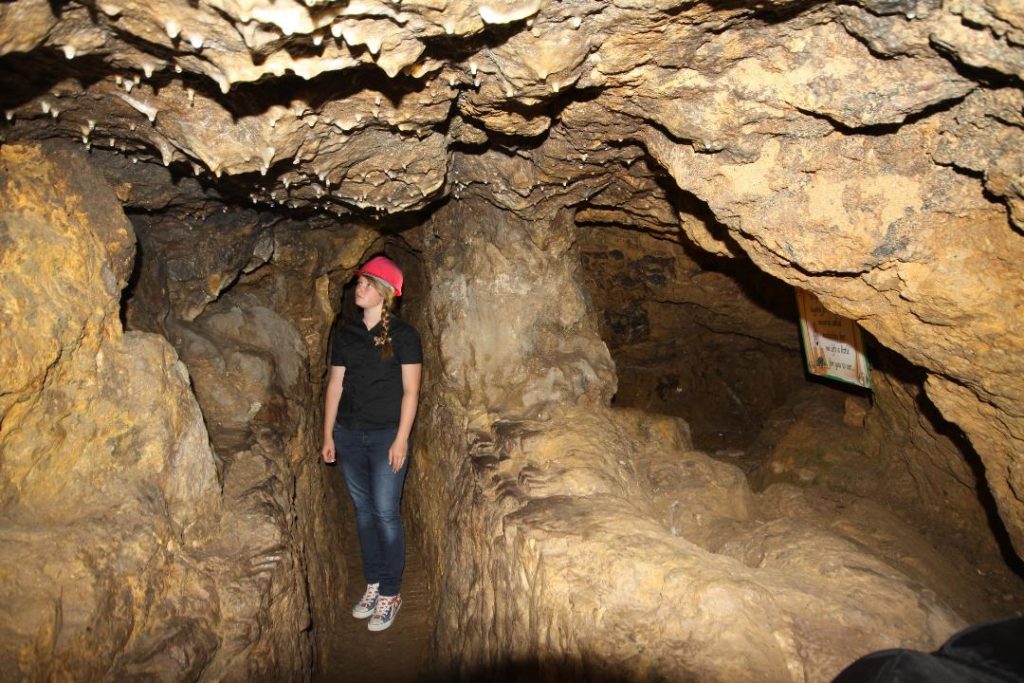


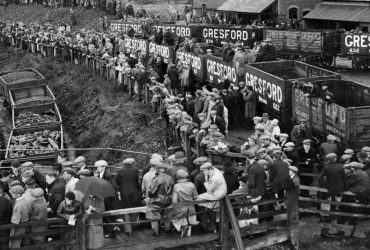
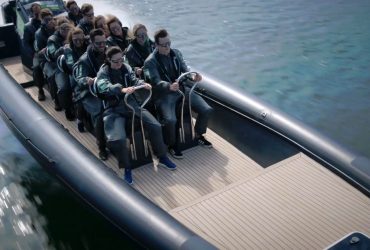

Leave a Reply